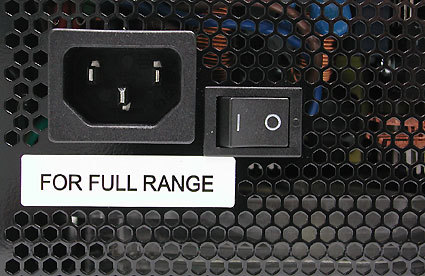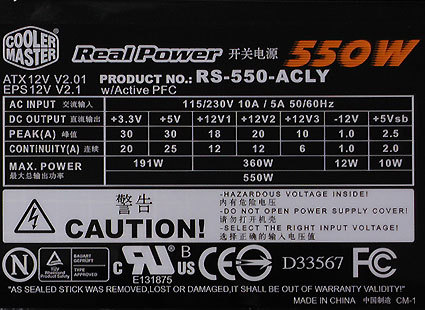Power Supplies Get Smarter
Cables And Connectors
The ATX connector has a 24-pin configuration. The connector can not, however, be split, meaning that for older boards it is still necessary to use the supplied adapter. A new feature is the PCIe connector used for connecting to graphics cards. Caution should be exercised here, as the power supply also comes with an EPS connector. Although this mechanically fits onto the graphics card, the configuration of the cables is however entirely different, with the destruction of the graphics card being the outcome in the worst case scenario of mixing up the connectors. The instructions explain the meaning of the color coding of the connectors.
A word of caution: On the left, the PCIe connector; on the right, the mechanically identical EPS connector
The number of SATA connectors has been upped to three - which is pleasing. In addition, six 5.25" Molex connectors and one floppy connector are available. Users of dual processor systems have also been taken into account. The P4 connector is also available as an eight-pin version. As such, the power supply is also suitable for workstation systems.
The full range from 90 to 260 Volt is covered.
Power
Like its predecessor, the 550 Watt version has no problems whatsoever in terms of voltage stability. At a 550 Watt load, the automatically controlled fan does, however, rotate very powerfully, creating a disturbing effect.
All the details there and nice and neat - the way a nameplate should be.
Get Tom's Hardware's best news and in-depth reviews, straight to your inbox.
Coolermaster has boosted efficiency significantly. Both under full and under half load the device works with a level of efficiency of over 79%, placing it at the top of the test field in terms of efficiency. Even an efficiency of 75% under a low load is quite respectable.
In standby mode, the device is on a par with its predecessor, with just under 4 Watt being drawn from the mains at a low load and 19 Watt at a high load.
We currently have no details on the price for the 550 Watt version.
Current page: Cables And Connectors
Prev Page Coolermaster RealPower 550 W Next Page Thermaltake PurePower TWV 500W

